Arrival and Annihilation: Cinematic Reimaginings of the Resurrection of the Body
Jon Coutts revisits his fear of eternity in light of two weirdly fantastic science fiction films.

Jon Coutts revisits his fear of eternity in light of two weirdly fantastic science fiction films.

Elvir Ciceklic magnifies the Trinity in Jesus’s resurrection and the life of the church.
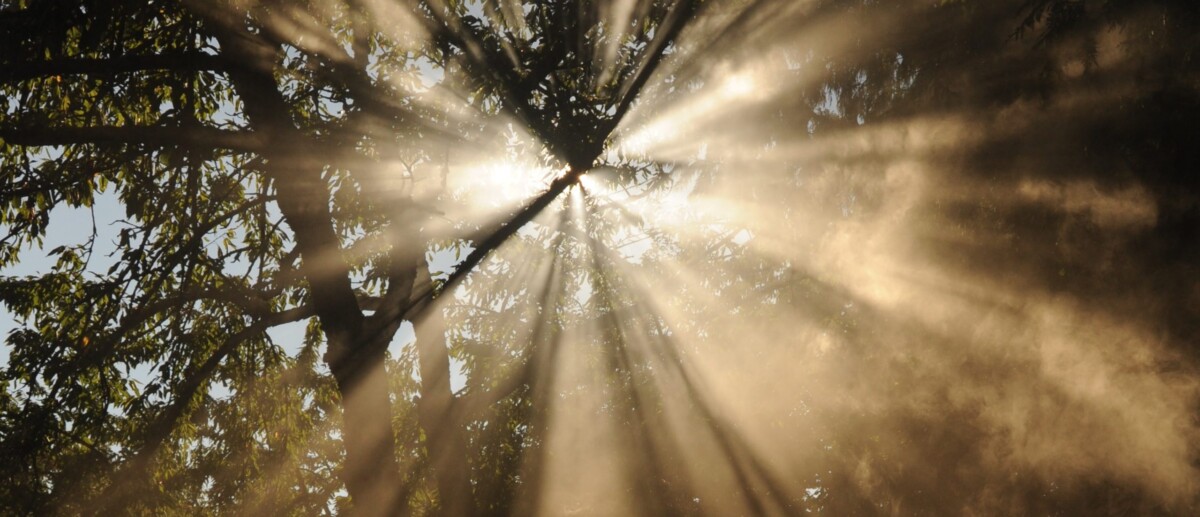
Cabe Matthews suggests that the biggest miracle Jesus performs in the Gospel of John is your faith.
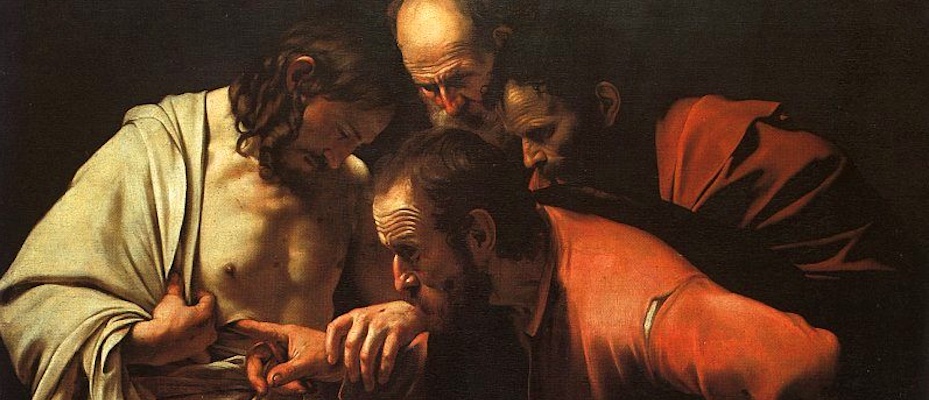
Marrissa Rhodes contemplates what Christ’s resurrection has to say about imperfect family experiences.
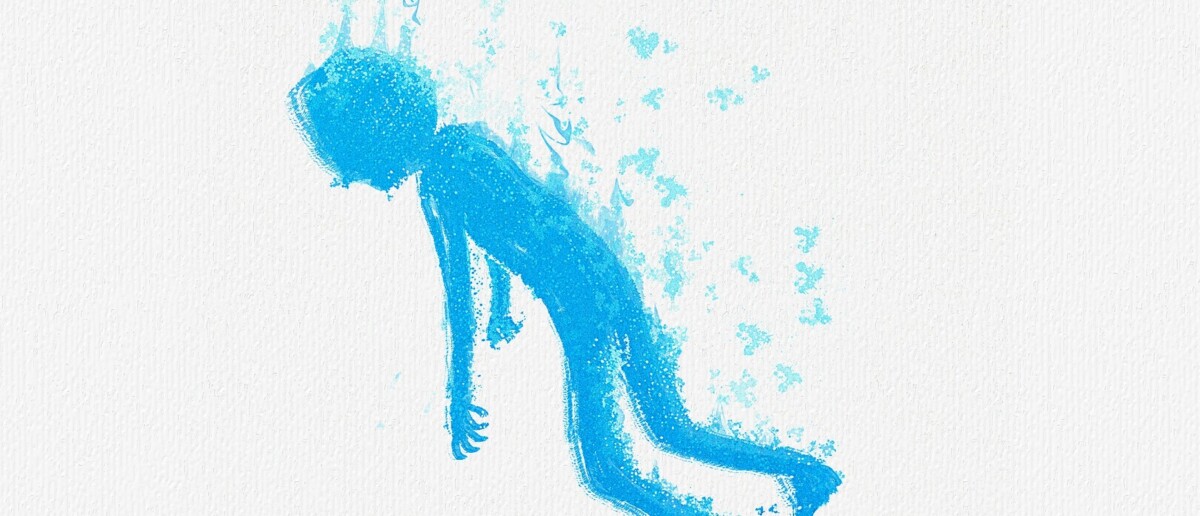
In death, we enter into the tomb on Friday with Jesus, and like the disciples on Saturday, all we can do is to wait in the darkness, hoping for the miracle we were promised on Sunday.

Alexander McQueen’s theatrical catwalks presented a conflicted sketch of a miraculous, transformed, and beautiful body consistent with what Charles Taylor has identified as the theologically haunted condition of late-modern Romanticism.
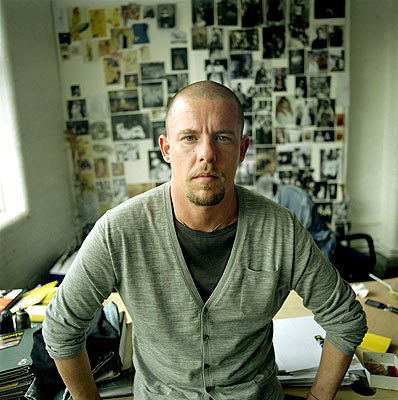
Contemporary art maintains a provocative fascination with the body, and in recent years several key artists have explored the body’s place in the Christian tradition to disquieting ends.
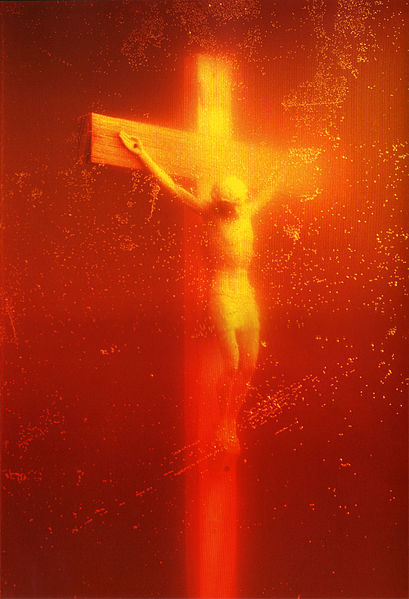
In the days when our courthouse was being built, a mason—we don’t know who—came to our village in the night and inscribed a simple phrase on the building’s cornerstone: God’s will be done. We were, at first, outraged that someone had dared to soil our builder’s work, but over the course of generations, the mason’s […]

Elizabeth Antus argues that an engagement with the work of best-selling author Geneen Roth enables Christians, especially women, to articulate resistance to the body-hating cycle of dieting and bingeing so prominent in US culture.